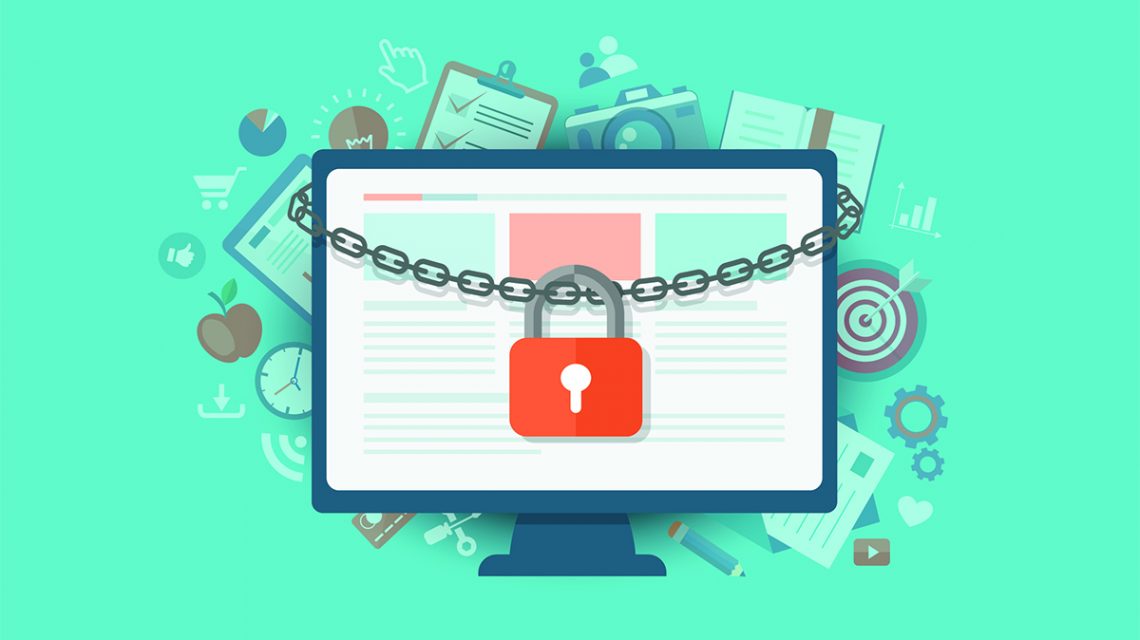
By 2021, cybercrime will cost the world $6 trillion annually—and the most common threats are internal attacks from malicious insiders. IT is now responsible for managing a larger attack surface than ever, thanks to end users relying on personal devices for work, and accessing cloud apps and corporate resources from remote locations. How can you
read more




